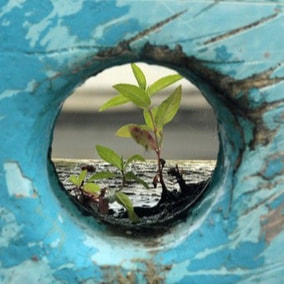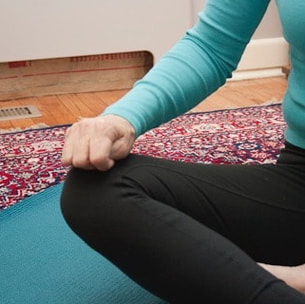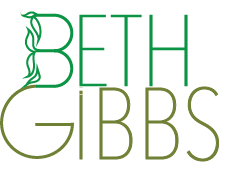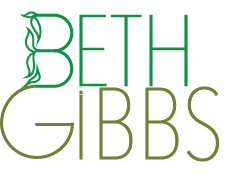ENLIGHTEN UP! a blogSelf-awareness stories: lighting our way to clarity, contentment and resilience in a complicated world.
|
 “It’s not the load that breaks you down, it’s the way you carry it.” — Lena Horne Building resilience can help you carry your load and we all have at least one. Resilience is the ability to rebound from a crisis, tragedy, trauma or serious case of ‘stress mess.’ Research says resiliency varies from person to person due to a variety of factors but like any skill, resiliency can be learned. Highly resilient people won’t fall apart easily, and when we do (cause’ we will!) it won’t be for long because resilient people tend to share several common characteristics. We:
Resilience is like a muscle that can be strengthened and self-awareness is the way to help you do exactly that. Here are 5 tips to help you strengthen your resiliency muscle. 1. Body Stretch Energize and de-stress your physical body. I recommend doing this exercise before getting out of bed in the morning. Instructions
2. Body Scan Tune into the body’s sensations and listen to its messages. This can be done right after the Body Stretch or on its own anytime it’s needed. Instructions
3. The Check In Checking in with yourself from time to time during the day helps you take appropriate action to what you sense and feel. For example, if you:
This breathing technique automatically brings awareness to the breath, slows the rate of breathing and lengthens the exhalation, which calms the nervous system. 4. Grounding To keep a sense of calm during stressful situations, try Grounding, which can be thought of as both a quality and a practice. As a quality it’s a goal to work toward. As a practice it’s a way of connecting yourself to earth energy; a symbol of stability, safety and security. Here’s one way to experience this:  Adhi Mudra (Turtle-in-the-Shell) is a yoga mudra, a gesture for your hands, that promotes a sense of safety security and stillness. Instructions
5. Find Your ‘G’ Spot Gratitude is defined as being thankful and appreciative for something or someone. Research shows that gratitude can activate the production of dopamine and serotonin in the brain, the "feel good" chemicals, that promote feelings of peace and contentment, reduce anxiety and enhance sleep patterns. A gratitude practice provides these benefits in spite of challenges, difficulties, and disappointments. Some things to be grateful for:
To be grateful is a form of emotional intelligence that builds resilience. Experts recommend building your capacity for resilience before facing difficult situations so you’ll have your ‘go-to’ tools at the ready. Good luck building your resilience!
3 Comments
Ronnie
5/20/2022 07:01:14 pm
I loved this piece. Thank you!
Reply
Ed Savage
7/9/2022 08:17:04 pm
Good reminders if one (like me) does a few of these things but not all and not regularly. I certainly want to maintain resilience, Beth, and your thoughts are helpful.
Reply
Your comment will be posted after it is approved.
Leave a Reply. |
Archives
July 2024
AuthorBETH GIBBS started her yoga practice in 1968, four months after her son was born and she’s been practicing ever since. She currently teaches all levels therapeutic yoga classes for adults, and specialty classes for seniors in the Hartford, Connecticut area. Beth is a certified yoga therapist through the International Association of Yoga Therapists and is guest faculty at the Kripalu School of Integrative Yoga Therapy. She writes for the blogs, Yoga for Healthy Aging, and Accessible Yoga. Her master’s degree from Lesley University in Cambridge, MA is in Yoga Therapy and Mind/Body Health. Categories |
|
|
Enlighten Up! a Blog
|
Copyright © 2023 Beth Gibbs

 RSS Feed
RSS Feed
